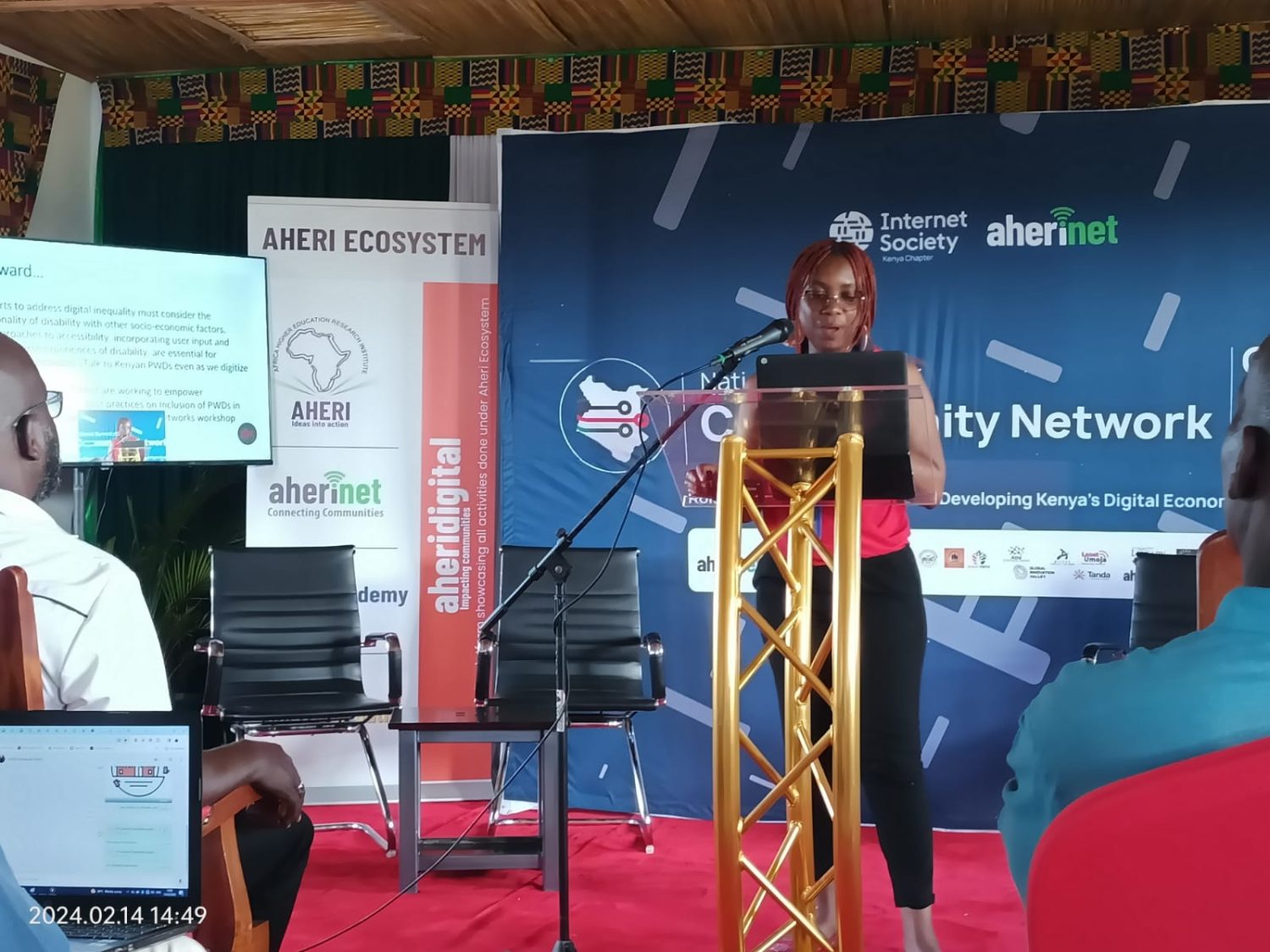Remarks from the Digital Accessibility Program
We often think about disability through two narrow lenses: the medical and the social models. The medical perspective sees it as an individual problem, focusing on limitations and seeking solutions like “cures” or treatments. However, this approach overlooks the bigger picture by not connecting disability to the social or geographical environments.
On the other hand, the social perspective says that people with disabilities aren’t disabled by their impairments but by the barriers society throws their way. Think about websites without screen reader support. These barriers are rooted in attitudes and the state of physical structures, and they exclude people with disabilities from participating fully in life, impacting their well-being and access to opportunities.
The World Health Organization recognizes this complexity. They define disability as a complex interplay between individual characteristics and the social environment. In other words, it’s not just about the person; it’s about how society interacts with them.
So, Why do these different perspectives matter? The distinctions matter because the language we use to describe disability shapes the solutions we create. By focusing on the social model, we can move beyond individual fixes and work towards systemic change. Efforts toward systematic change include designing accessible websites and applications and fostering understanding through open dialogue.
Social Model of Disability and the Internet
Ever wonder why the online world sometimes reflects the same challenges people with disabilities face in everyday life? As part of society, the internet inherits some of those same hurdles.
This brings us to the problem of the digital divide among persons with disabilities. ‘Digital divide’ describes a society’s uneven distribution of digital technology. It features at least three distinct types of barriers: the cost of digital technology, access to appropriate training to use the technologies, and whether the digital technology has an inclusive design.
Thus, it is not extraordinary that analysis of data has demonstrated that persons with disabilities are over-represented on the wrong side of the digital divide. However, this does not mean that the digital divide is a matter of impairment. The digital exclusion of people with disabilities is due to several interacting factors at both societal and individual levels.
And there is an ongoing risk that the digital divide will grow significantly as more and more contexts are digitalized. In Kenya, for instance, we are witnessing increased efforts to digitalize public services; if we are not careful with our approach, we will exclude PWDs from digital participation.
Way Forward
The policy efforts to address digital inequality must consider the intersectionality of disability with other socio-economic factors. Furthermore, holistic approaches to accessibility, incorporating user input, and recognizing diverse experiences of disability are essential for promoting digital inclusion.
KICTANet, under its Digital Accessibility program, is implementing a project in Community Networks. The project addresses the digital divide in internet usage for persons with disabilities. One of the project’s objectives is to empower Community Networks to ensure the inclusion of persons with disabilities.
This is part of a series of blogs on the Inaugural National Summit of Community Networks in Kenya, compiled by the KICTANet’s Digital Accessibility Program implementing Community Networks project fostering the inclusion of persons with disabilities into Community Networks.
![]()




